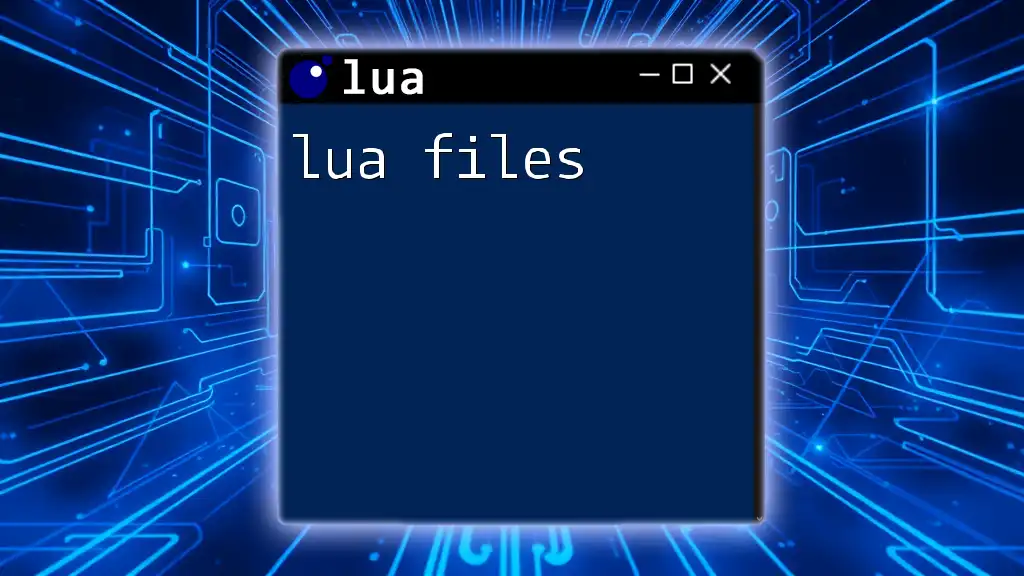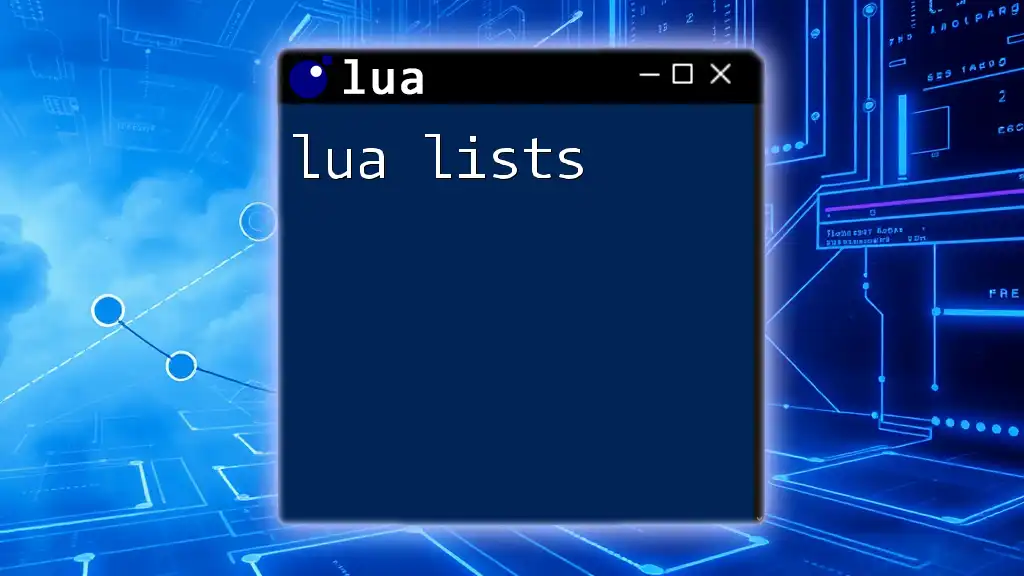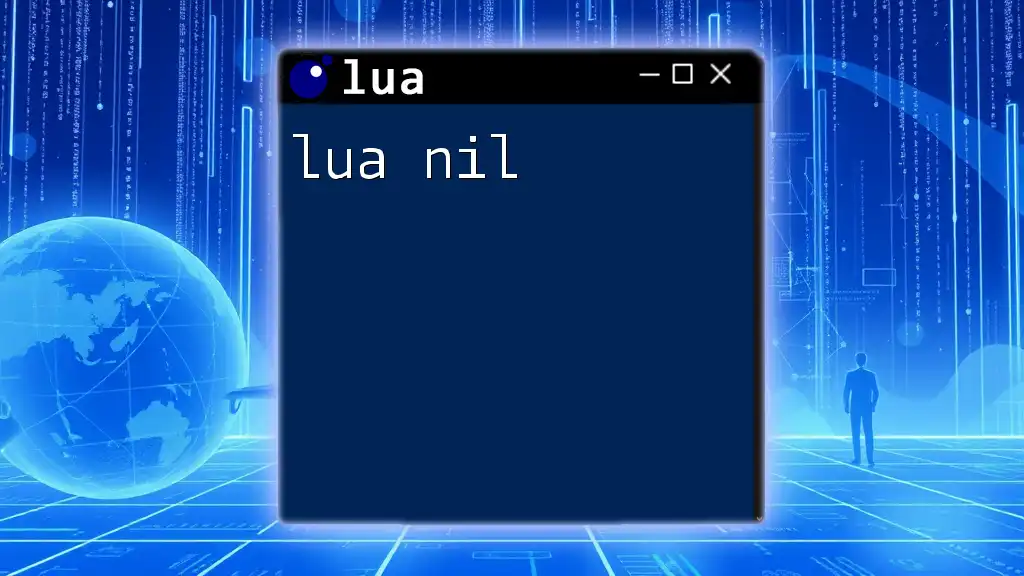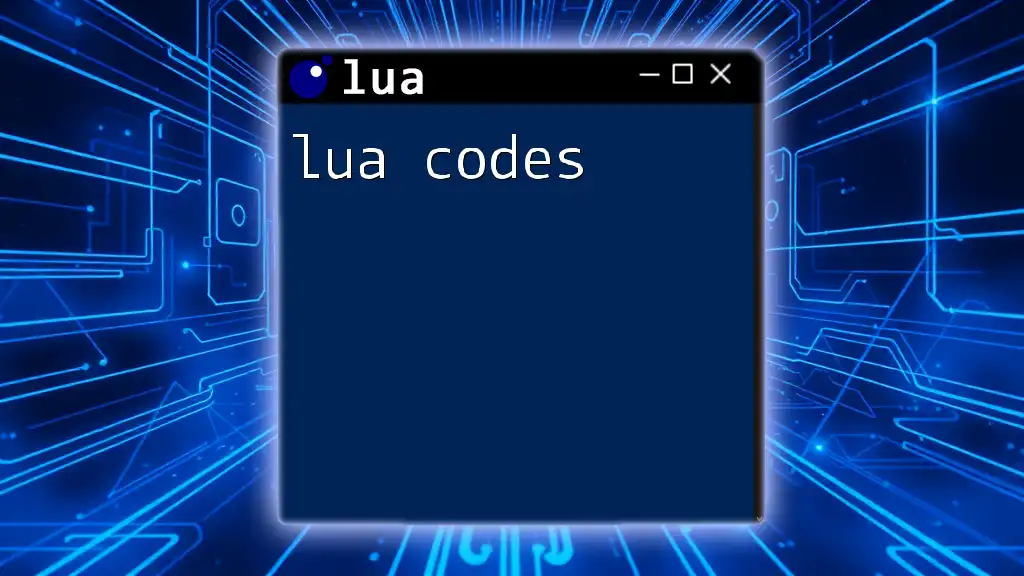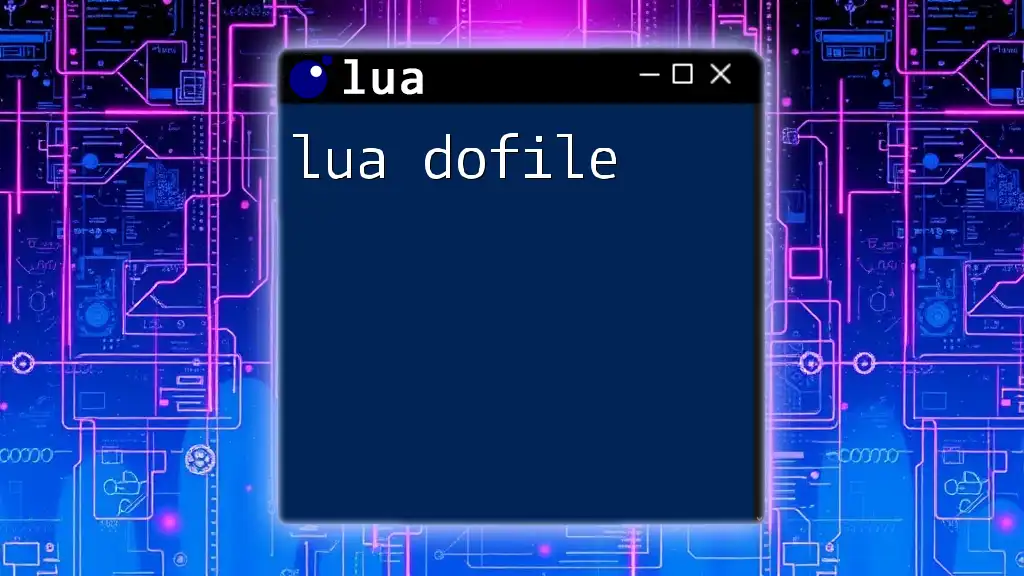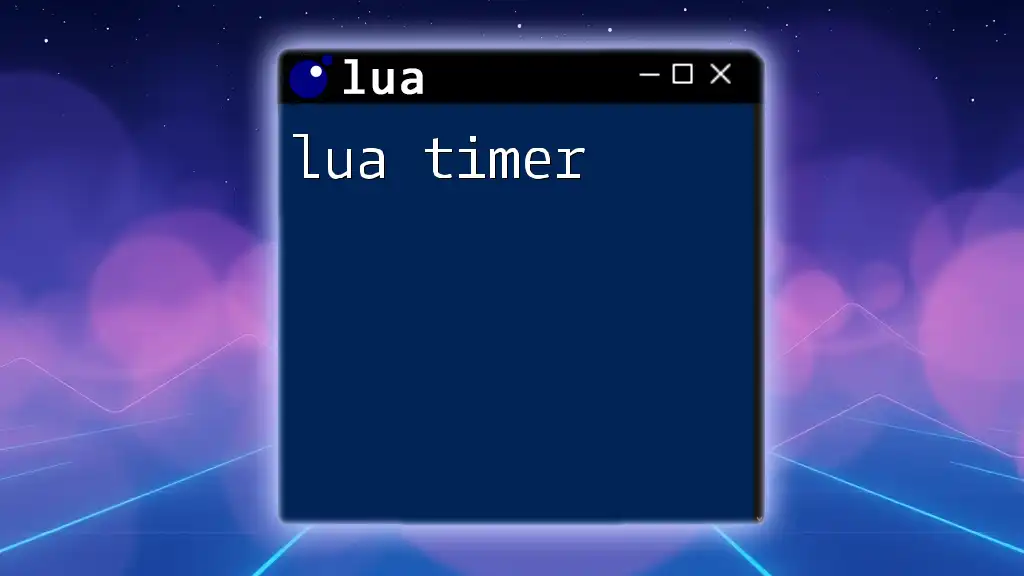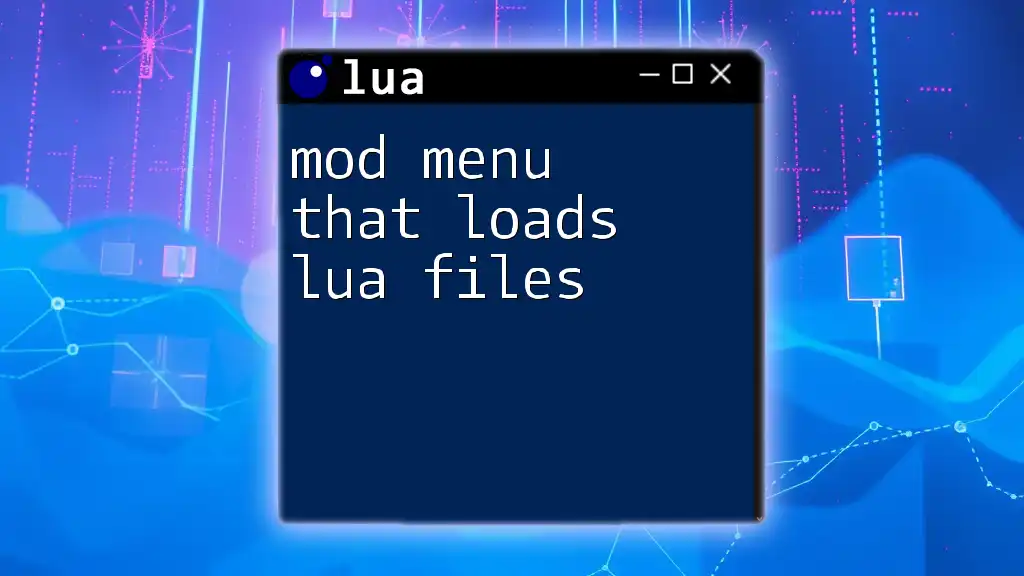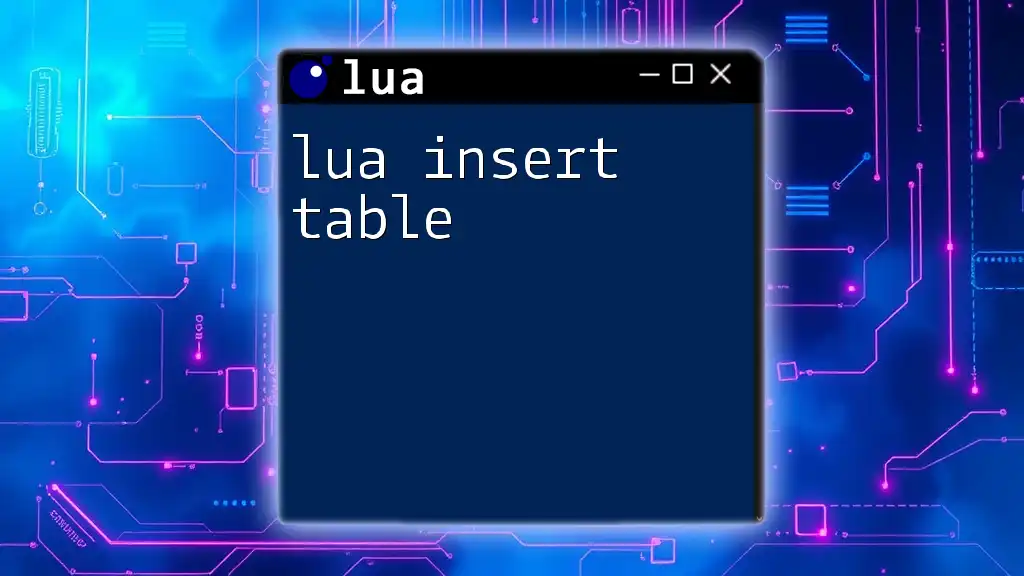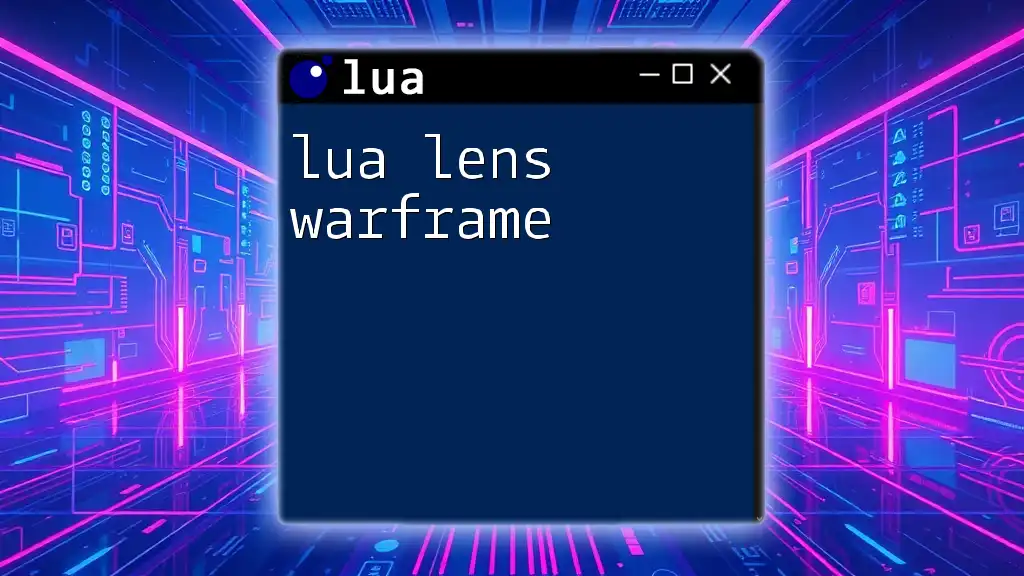Lua files are scripts that contain Lua code, typically saved with a .lua extension, and can be executed to run functions, manipulate data, or implement game logic.
Here's a simple example of a Lua file that defines a function to calculate the square of a number:
function square(num)
return num * num
end
print(square(5)) -- Output: 25
What are Lua Files?
Lua files are essential components of the Lua programming language, used extensively in software and game development. A Lua file typically has the .lua file extension and serves as a container for Lua scripts, where code logic and functionality are defined. By organizing your code into separate Lua files, you can create more modular and maintainable applications.
Purpose of Lua Files
The primary purpose of Lua files is to store scripts that can be executed by the Lua interpreter. They allow developers to write code that performs specific tasks, making it easier to manage complex applications. Furthermore, by utilizing modules, developers can write reusable code components that simplify application development.

Creating Lua Files
Setting Up Your Environment
Before you begin creating Lua files, it’s essential to set up your development environment. While you can use any text editor to write Lua scripts, some popular choices include VS Code, Sublime Text, and Notepad++. Once you have chosen a text editor, the next step is to install Lua on your system. This can typically be done by downloading the installer from the Lua official website or using a package manager like Homebrew on macOS or Chocolatey on Windows.
Writing Your First Lua File
Creating your first Lua file is straightforward. Simply open your preferred text editor and type the following code:
-- hello.lua
print("Hello, Lua!")
This simple script demonstrates how to output text to the console. Save this file as hello.lua to maintain the correct file extension.
Saving Lua Files
When saving your Lua files, ensure that they follow the correct naming conventions and file structure. A good practice is to use lowercase letters and underscores to separate words, as this enhances readability. Always remember to save the file with the .lua extension to ensure it's recognized as a Lua script.

Running Lua Files
Running from Command Line
The most common way to execute a Lua file is through the command line. Navigate to the directory where your Lua file is located and execute the following command:
lua hello.lua
Upon running this command, the output will be:
Hello, Lua!
This confirms that your Lua file has been executed successfully.
Using Integrated Development Environments (IDEs)
For those who prefer a more integrated approach, you can use IDEs that support Lua scripting. ZeroBrane Studio and LuaEclipse are great options that provide a user-friendly environment for coding and running Lua files. After installing an IDE, simply open your Lua file and press the designated run button to execute your script.
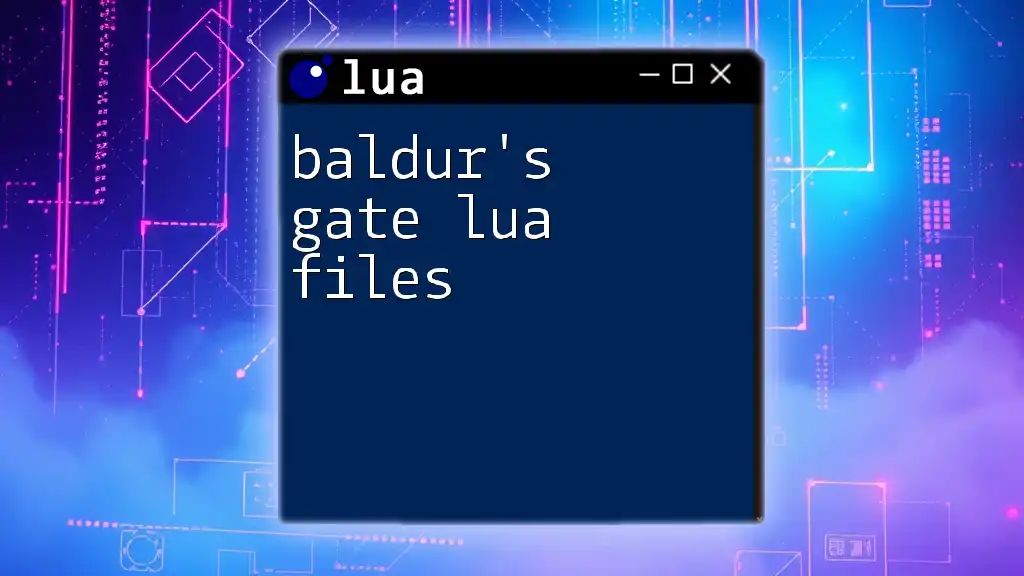
Understanding Lua File Structure
Sections of a Lua File
A Lua file can be divided into distinct sections, each serving a specific purpose. Typically, a Lua file will include comments, variables, functions, and various control structures. Comments are crucial for documenting the code and can be added using the `--` syntax. For example:
-- This function adds two numbers
function add(a, b)
return a + b
end
Global vs Local Variables
Understanding variable scope is vital in Lua programming. Global variables are accessible from anywhere in your Lua file, while local variables have a limited scope. The following demonstrates this concept:
-- Global variable
x = 10
function localExample()
local y = 20 -- This is a local variable
print(x + y) -- 30
end
In this example, `x` is a global variable that can be accessed throughout the script, while `y` is restricted to within the `localExample` function.
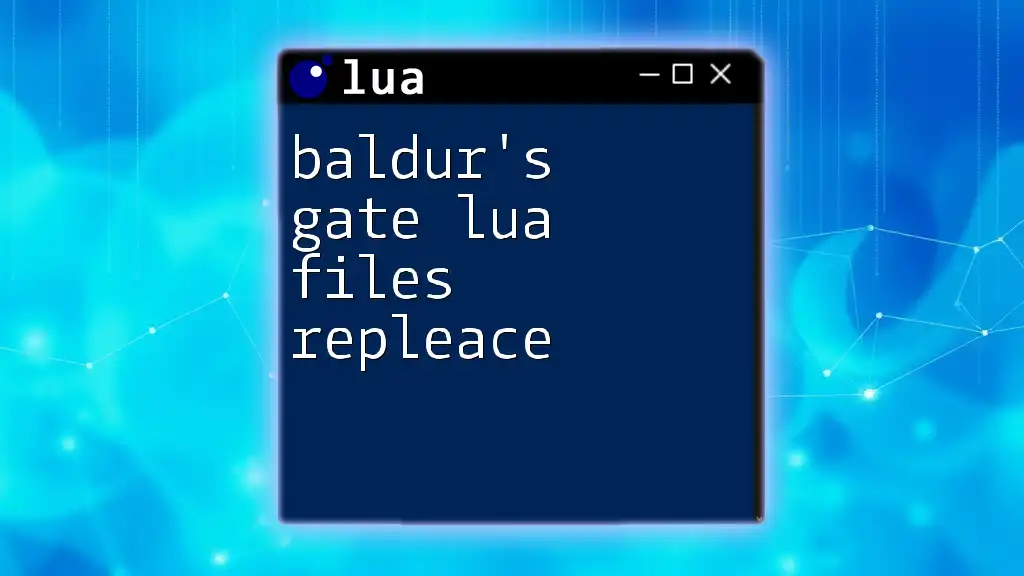
Importing and Requiring Lua Files
Usage of `require()`
One of the powerful features of Lua is the ability to import other Lua files using the `require()` function. This promotes code reusability and organization. Here's an example:
-- mathLib.lua
function square(x)
return x * x
end
-- main.lua
local mathLib = require("mathLib")
print(mathLib.square(5)) -- 25
In this snippet, the `mathLib.lua` file defines a function `square`, and in `main.lua`, we can access that function through the `require()` statement, demonstrating the ease of using modular code.
Managing Lua Modules
When working with multiple Lua files, structuring your code into modules is essential for better organization. Make sure to maintain clear, descriptive names for your files and functions to promote readability and maintenance.
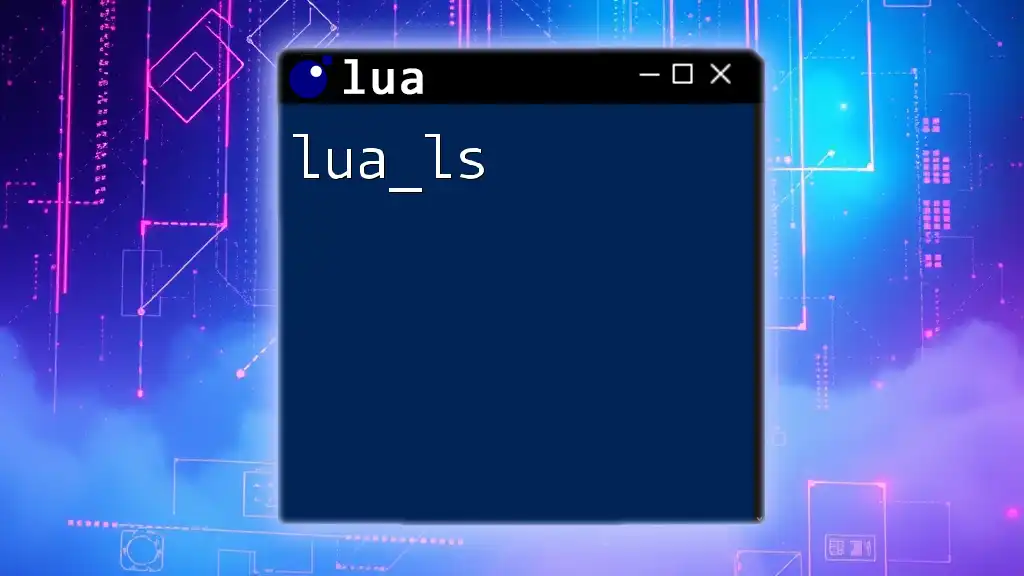
Debugging and Error Handling in Lua Files
Common Errors in Lua
Errors can occur at both syntax and runtime levels. For instance, a syntax error might look like this:
print("Hello, World!) -- Missing closing quote
In this case, the missing quotation mark will trigger a syntax error when you try to run the script.
Debugging Techniques
Debugging can be accomplished by using simple print statements to check variable values. Additionally, Lua provides a built-in debugging function called `debug` which can be used to track and inspect the execution of your scripts.
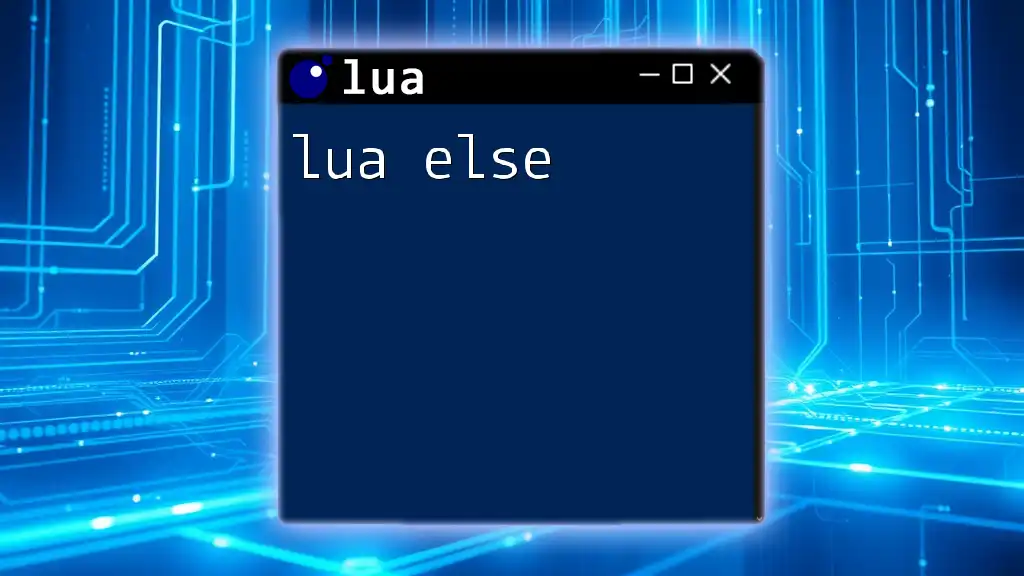
Best Practices for Writing Lua Files
Code Organization
Organizing your code systematically is crucial for clarity and maintainability. Break down long Lua files into logical sections, and utilize functions to encapsulate related logic.
Documentation
Effective documentation is vital for maintaining code. Use comments liberally to explain your code logic and intentions. Furthermore, consider using documentation generators like LDoc to automate and standardize your documentation processes, making your codebase easier to understand for other developers.

Conclusion
Understanding lua files is foundational for anyone looking to harness the power of Lua programming. By mastering the creation, organization, and importing of Lua files, you can streamline your development process and write cleaner, more maintainable code. Continue to practice creating, running, and debugging Lua scripts, and you'll soon find yourself more fluent in the language. Explore advanced Lua topics and take on more complex projects to enhance your skills further.
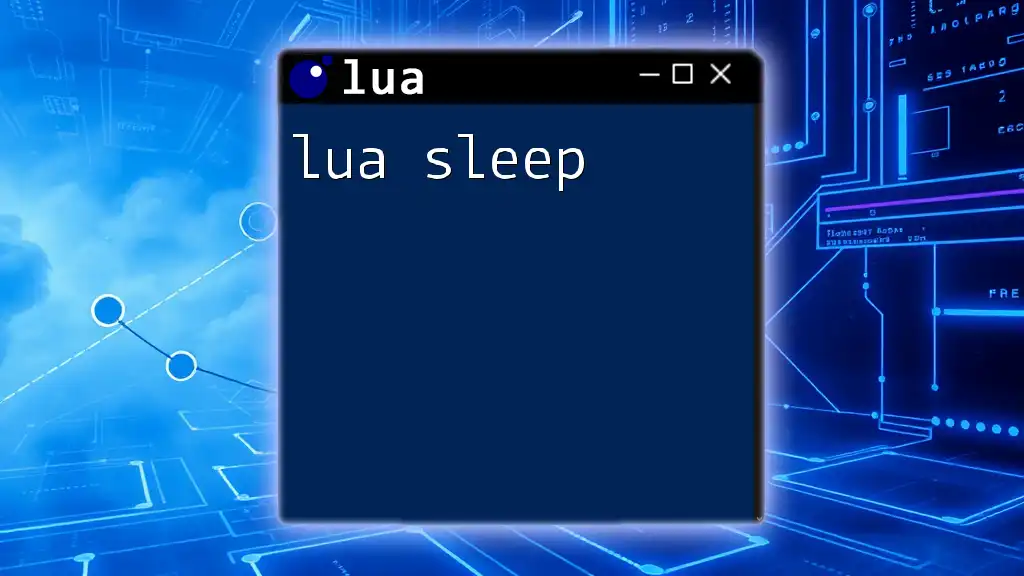
Additional Resources
For those eager to dive deeper into Lua, consider consulting the official Lua documentation or joining community forums. Additionally, investing in books and online courses can greatly enrich your understanding and application of Lua programming.

